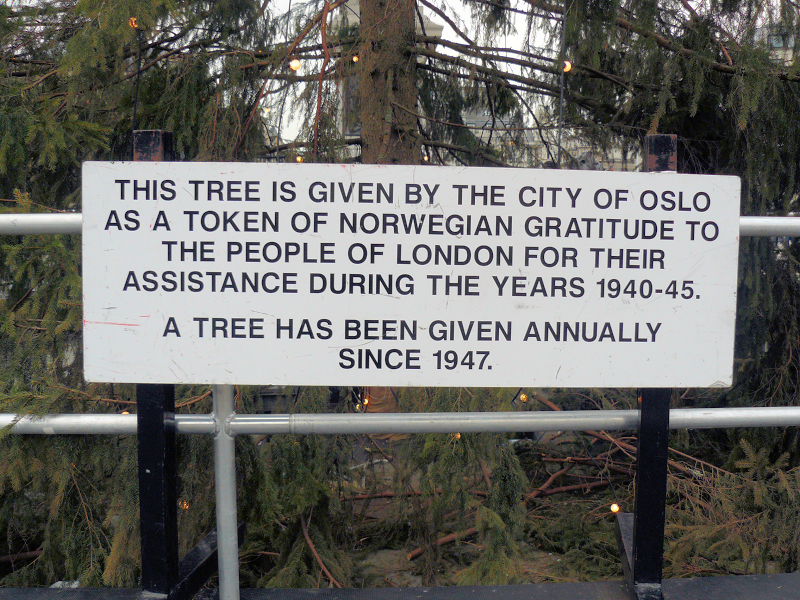When you enter the game, you have to make an account.
When you have done that, you have to wait for ages for the game to load so that
you can start playing. It took way to long time to load, and I spent quite a
lot of time waiting and eating chocolate. When it finally loaded in, I was
pretty excited to start playing. But, I was quite disappointed. The plot is
that Trace, a student from the future uses a time machine, and travels back to
2012, out time. But, the machine gets broken, and he has to find a girl called
Emma Fields to be able to travel back. To find this girl, you have to complete
many tasks. The game was very slow, and it consisted of a lot of walking
around. Just walking and walking, looking for people, and looking for places. I
was supposed to find a girl named Kit, and to do that I first had to find a
library. Then I had to go to an office to get a student ID, an after that go
back to the library. I thought I had completed a task, but then I had to go to
a sandwich shop and deliver sandwiches. I did not really understand why I had
to do this, and I really found it pointless, so I gave up after that.
I think the games used way to long time to start up. I
waited and waited, and when I finally entered the game I expected it to be
interesting. I think the game was to slow, because you have to walk around a
lot, and it was repeating itself too much. However, I think it is a good idea,
and that it could be a great alternative to regular learning/teaching if it is
developed a bit more. I think it can be a great variety in school work,
especially for younger kids. I think the age group is a bit wrong. It fits
better for kids aged 10 to 12, even if it is a bit boring.
I will give this game a two on the dice, simply because it was to boring! Everything took way too much time, and I was bored to quickly. Also I believe the age group is wrong, but it is a good idea!
A
two for now, but...
it could get a five if it changes a bit, and changes age group to around
10 to 12.
MERRY CHRISTMAS!










